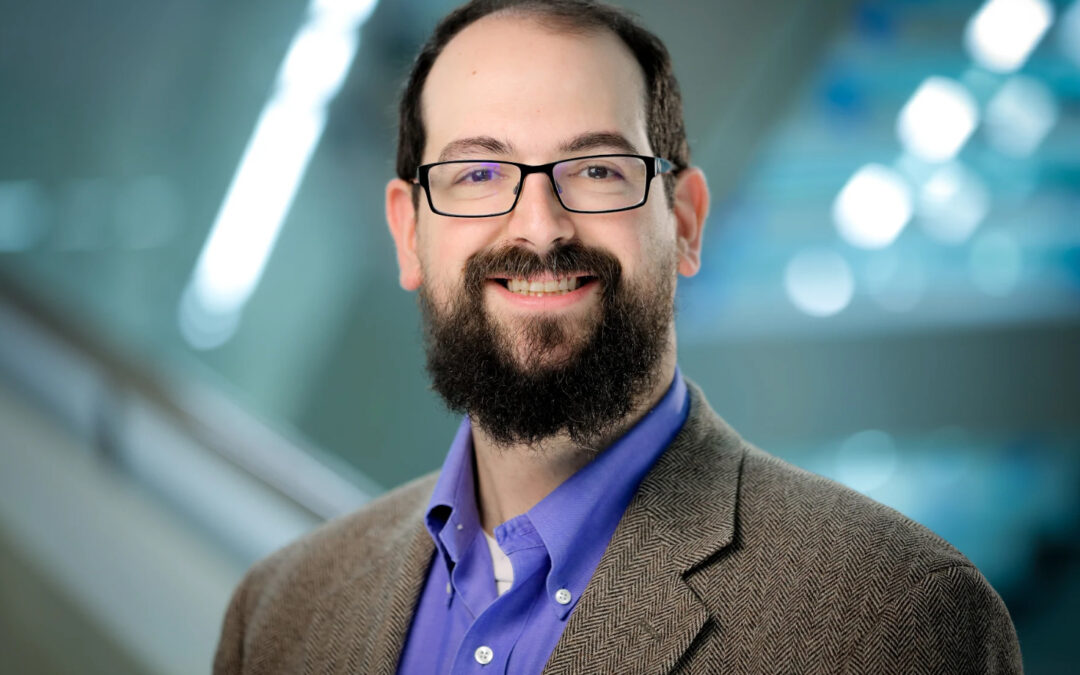
During his 2020 campaign, President Joe Biden had an eye on student-loan debt relief.
While there hasn’t been large-scale forgiveness, Biden has continued the pause on repayments that the Trump administration began at the onset of the COVID-19 pandemic; it’s latest iteration is set to expire on Aug. 31. But as 45 million Americans carry more than $1.7 billion in debt, calls for wiping out a portion of it have grown more regular, with Sen. Elizabeth Warren advocating for $50,000 per person to be cleared. Biden, during his campaign, cited $10,000 as a possible number.
Further complicating the discussion are forgiveness programs that borrowers have been enrolled in for decades. An NPR story reported by Cory Turner indicated that loan servicers “weren’t uniformly tracking borrowers’ progress toward loan cancellation, and some weren’t tracking their progress at all.”
Mike Pierce worked on the student debt issue while at the Consumer Financial Protection Bureau and now serves as executive director of the Student Borrower Protection Center. The nonprofit organization aims to conduct research on the issue that leads to fair and transparent conduct on the part of the loan industry. He joins The Best of Our Knowledge to discuss the economic impact of student loans, what Turner’s reporting might mean for reforms of the loan system and why he first became interested in the topic.
Pertinent links
The Student Borrower Protection Center homepage
“Student loan borrowers will get help after an NPR report and years of complaints”
“Biden administration gives more borrowers chance of debt cancellation”
“U.S. forgives 40,000 student loans, provides aid to 3.6 million more”
